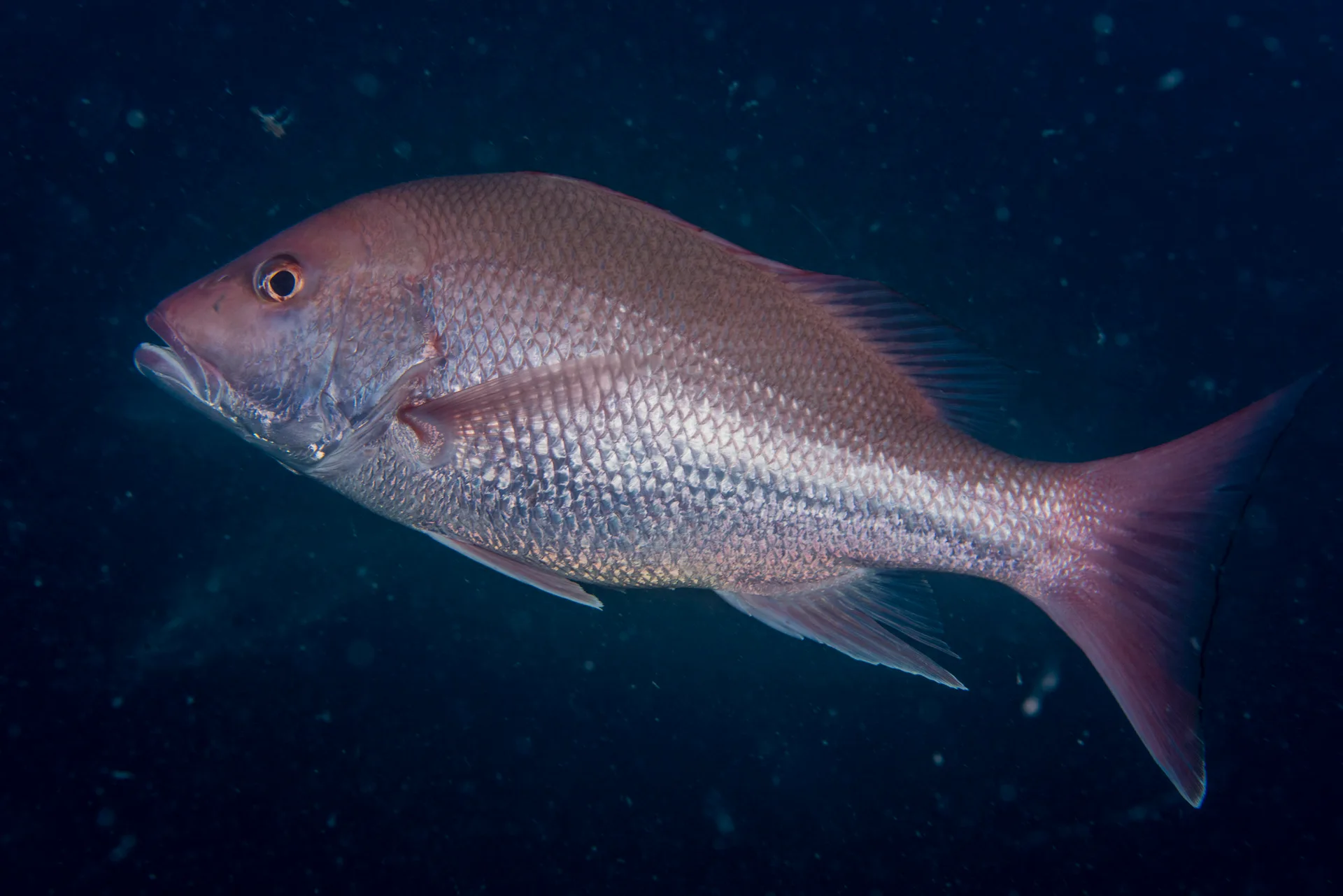What Does It Take to Rebuild a Fish Stock?
Lessons Learned from the Gulf of Mexico Red Snapper

The Gulf of Mexico is famous for its seafood, and residents and tourists alike value the opportunity to catch—or eat—delicious red snapper. But it wasn’t that long ago that red snapper had all but disappeared from dinner plates and fishing lines. Overfishing and mismanagement drove red snapper to critically low levels in the early 1990s. Today, while there are still some lingering issues to address, the stock is on the path to recovery.
This is a good story of how scientists, managers, fishermen and conservation groups—including Ocean Conservancy—came together to tackle big conservation challenges is a fascinating tale about what it takes to go from “unsustainable” to “sustainable.” In our new feature, “Bringing Red Snapper Back from the Brink,” we explore the inner workings of the fishery management system.
Get Ocean Updates in Your Inbox
Sign up with your email and never miss an update.
Red snapper management is complex, but it can be broken down into key phases, each addressing a sustainability challenge. This story will show you the path from reducing shrimp bycatch, to modernizing the commercial sector, to improving opportunities for charter fleets, and finally to tackling the impacts of millions of individual anglers. And the story is not over—we end with recommendations for where managers need to focus efforts to ensure we keep our momentum and keep rebuilding on track.
Solving the sustainability issues in red snapper has taken generations of people—a whole community of fishermen, scientists, managers and conservationists—coming together to repair the past to create a better future. Stories like these are the reason Ocean Conservancy is dedicated to rebuilding all our fish stocks. Despite the challenges, it is possible to have healthy ecosystems, abundant populations of fish, and vibrant coastal communities with commercial and recreational fishing opportunities—it just takes hard work.